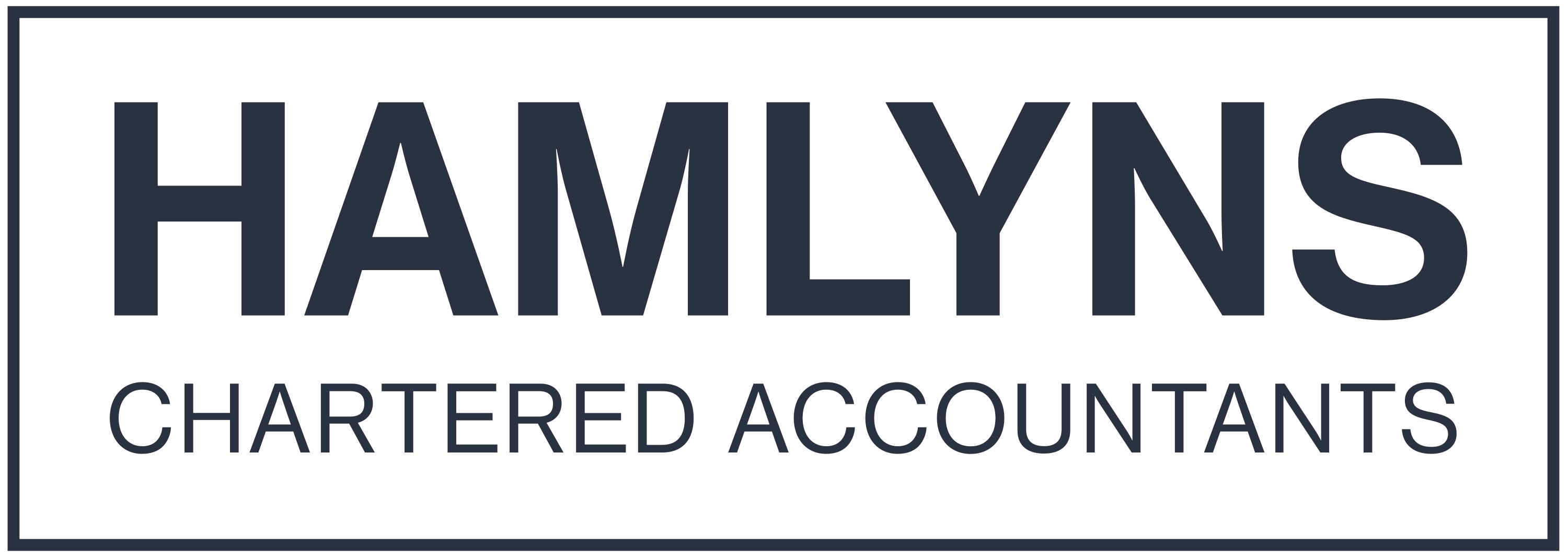Inheritance Tax

Inheritance Tax (IHT) is charged at 40% and may be due from an estate when someone dies, unless the estate is left to a spouse or civil partner. However, there are a number of key planning points and tax reliefs to bear in mind. There is often scope to reduce significantly a taxpayer’s IHT liability, provided that appropriate and timely action is taken.
The nil rate band takes the first £325,000 out of IHT, and from 6 April 2017, a new nil rate band, called the ‘residence nil rate band’ (RNRB), has been introduced, meaning that the family home can be passed more easily to direct descendants on death.
The RNRB is being phased in. For deaths in 2017/18 it is £100,000, rising to £125,000 in 2018/19, £150,000 in 2019/20 and £175,000 in 2020/21. Thereafter it will rise in line with the Consumer Price Index.
There are a number of conditions that must be met in order to obtain the RNRB, which may involve redrafting an existing will.
IHT online
HMRC have begun providing an online form to help executors in England and Wales who wish to notify them of the value of an estate. The form can be used instead of the paper IHT205 form. It is available at https://goo.gl/rLavQF
It is for use:
- by personal representatives of the deceased
- applying for a grant of representation, such as probate
- in England and Wales
- in circumstances where no IHT is likely to be payable.
How we can help
IHT is an area where attention to timing and detail can be critical. Do please talk to us if you would like advice on any matters raised here. We do have an IHT expert who we can arrange a meeting with.




